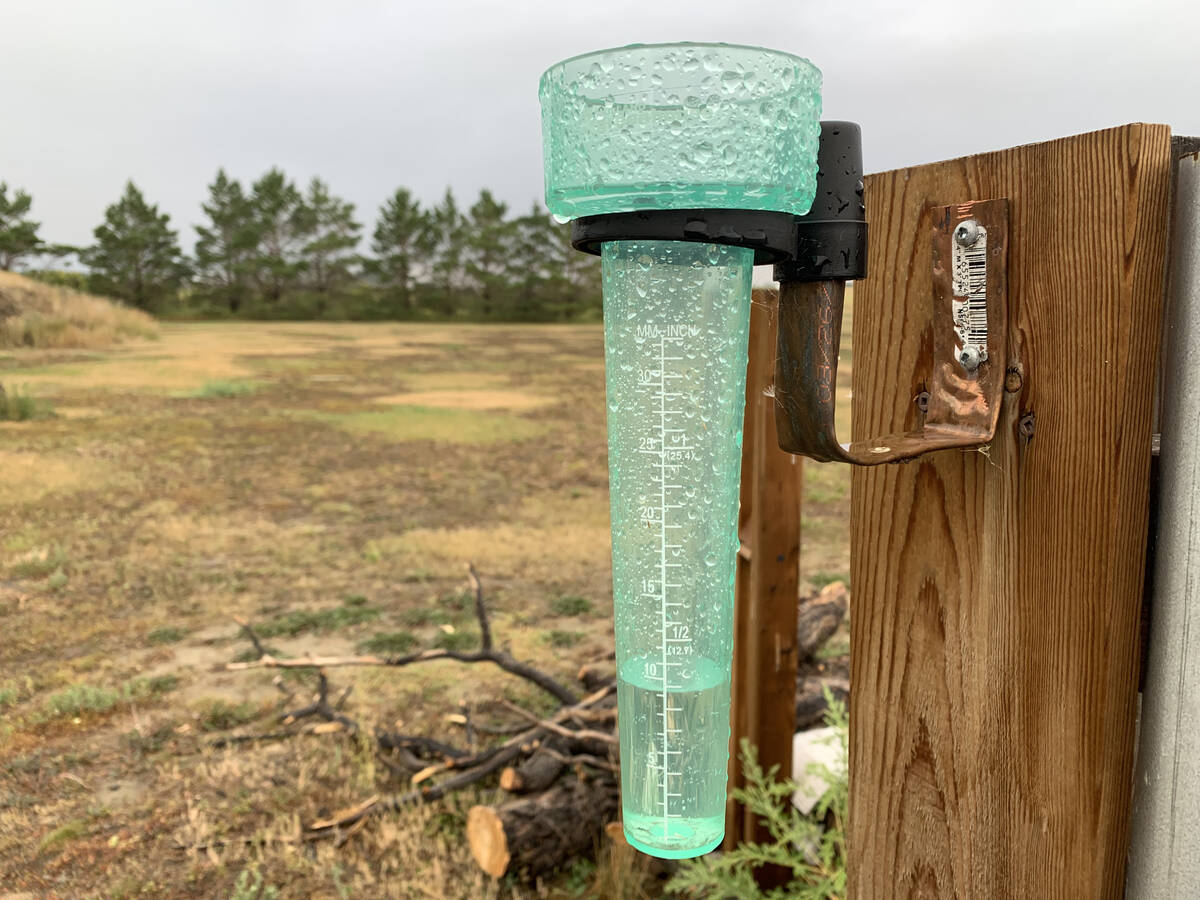The soybeans on Cortney Solonenko’s farm performed admirably this year, despite a late seeding date, cool weather in July and a late harvest.
Solonenko, who farms near Stornoway, Sask., just finished harvesting 160 acres of beans in the last week of October. He seeded two varieties in the spring, and the earlier maturing variety was outstanding, averaging 41 bu. per acre. The other variety yielded 31 bu. per acre.
“Everyone said it was a bad year for beans, but they seemed to manage through it pretty well,” he said. “The heat we got in August really (helped).”
Read Also

Southeastern Prairies get drought relief in September
September drought monitor from Agriculture and Agri-food Canada shows welcomed precipitation in coastal B.C. and southeastern prairies
Growing soybeans wasn’t a complete novelty for Solonenko, who grew the oilseed four years ago. This spring he was determined to plant the crop despite wet soil conditions in May and June. In the end, he seeded beans the second week of June.
“I always wanted to grow them again, but we’ve had tough seeding conditions here,” he said.
“Finally this year we got them in…. We’re very, very happy with it, especially with the conditions.… (We will seed) more beans next year.”
Soybean growers in other parts of Saskatchewan weren’t quite as fortunate as Solonenko, but most soybean fields produced respectable yields this year.
In its October estimates, Statistics Canada said Saskatchewan soybean growers averaged 27.3 bu. per acre on 170,000 acres of beans.
Dale Risula, a Saskatchewan government special crops expert, confirmed the provincial average was likely 27 to 28 bu. per acre.
A cool, late spring and a lack of moisture at the tail end of the growing season restricted yields, but the open fall was a blessing, Risula said.
“Most if not all of soybeans were harvested without any problems and in good condition.”
Kevin Elmy, who has grown beans for more than a decade near Saltcoats, Sask., said it was an unusual growing season in his region. However, his soybeans withstood excess moisture in the spring and cool weather in July.
Elmy’s soybeans yielded 27 bu. per acre, which is decent, considering his canola averaged 25 bu. per acre and his winter triticale generated 45 bu. per acre.
“In the big picture, the soybeans are the thing that’s going to create some cash flow on the farm this year,” said Elmy, who sells soybean seed through his other business, Friendly Acres Seed Farm.
Based on his conversations with new growers, Elmy said several first-timers had the same question.
“Why didn’t you tell me to grow these things earlier?” Elmy recalled.
“Compared to lentils and peas, they’re a dream to manage. The weed control, the disease (issues) and the harvesting … they really liked them.”
On the negative side, too many farmers planted soybean varieties touted as early maturing, which weren’t authentic early varieties, Elmy said.
“I talked to guys who said thank goodness we had an open fall … because the varieties they picked weren’t well suited for Saskatchewan.”
















